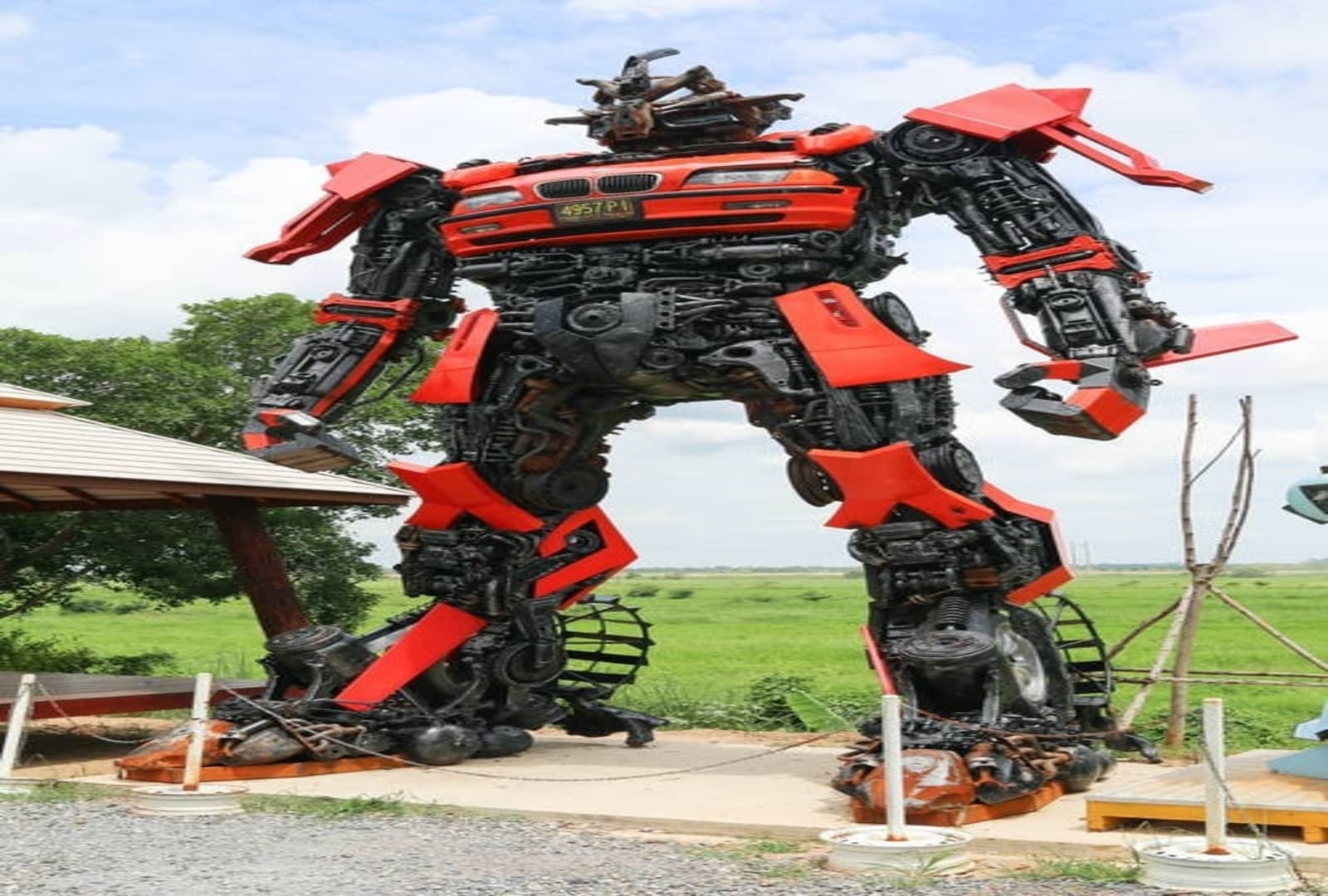Day by day, the world is going towards automation; more robots design for a specific task. Different types of Robotics has many applications that have a significant impact on our life. For example, many types of robotics are build to do medical work, which may not adapt to the other industry. And they are turned into medial robots. Similarly, for welding purpose, some supplier provides a welding system with robots. An integrated robotic system is called welding robots. Some robots are designed explicitly for massive load manipulation and label as heavy-duty robots.
The most exciting thing is that these robotics uses AI (Artificial Intelligence) and work in the same way humans do. The latest and most potential applications of robotics are as follow:
Contents
Medical Robots:
A technology used in medical science in the form of robotics is called medical robots. Most telemanipulators use the surgeon’s activators on one side and control effectors on the other side. Some of the famous medical robotics discussed below:
Types of Medical robotics:
Surgical robots use in surgical procedures. Robotic surgery develops to overcome the limitations of the pre-existing surgical process and enhance surgeons’ capabilities.
Telerobotics is the area of technology of robotics concerned with the autonomous control of robots from a distance. i.e., using the wireless system (like wifi, Bluetooth, etc.) or tethered system. Telerobotics is the one of the main types of robotics.
The Rehabilitation robotics field is to understand rehabilitation through robotic devices. Rehabilitation robotics includes the development of an automated machine for assisting different sensorimotor functions. And assessment of other sensorimotor performance.
Pharmacy automation involves the process of handling and distributing medicines. In Pharmacy, robotics also count small objects, tracking and updating the customer information.
Military robots:
“Robotic more solid” and “war robot” redirect here—robotics technology designed for military applications from transport, rescue, and attack.
Autonomous robots could save and preserve soldiers’ lives, who otherwise might kill. An advantage like a lake of emotions in robotics takes as a beneficial factor in reducing unethical behavior in wartime.
Cobot:
The Collaborative robots intended to direct human and robot interaction within a common space. Cobot applications contrast with industrial robots in which it isolates from humans.
The international federation of robots (IFR) defines four types of collaborative applications of robotics:
- Humans and robots can works alongside each other but with no shared place.
- Robots and humans can share all parts of the workspace but don’t work on machines simultaneously.
- Robots and humans both can work on machines simultaneously, but both should be in motion.
- The robot responds in real-time to the worker’s motion.
- In mist industries, the cobot and humans work er’s share space but do tasks independently.
Agriculture Robots:
Agriculture robotics is developing for agriculture purposes to get more quick results in agriculture. Of course, the central area of the application of robotics nowadays in agriculture is harvesting. The applications of robotics in agriculture include types of cloud seeding, harvesting, planting seeds, environment monitoring, and soil analysis.
Domestic Robots:
Domestic robots are types of robotics services, an autonomous robot most commonly used for household chores. But humans maybe use for education, therapy, and entertainment. Thus, there are limited models, though speculators suggested that it will become more expected soon. While most robots are simplistic and are connects to Wifi home networks and autonomous to a high degree. There was an estimate of about 16 million service robots in 2018.
Nano Robotics:
The Nanorobots field is the field of emerging technology. They are creating robots or machines near the range of nano (10-9 meters). The nanorobotics refers explicitly to a nanotechnology engineering discipline of designing and developing nanorobotics devices. That ranges in size from 0.1 to 10 mm. the nanobot, nanoid, nanit, nano is currently under research development.
Nanorobotics defines as the robot that allows precise interaction with nano-size objects and manipulates nanoscale resolution. Apparatus, like an atomic force microscope, can be considered a nanorobotic instrument.
Swarm Robotics:
The swarm robotics research is to study the design of robots, their controlling, and physical behavior. Furthermore, the Application of swarm robotics includes swarms of military robotics that can form an autonomous army.
In like manner, the US army tested the swarm boats that can steer and take offensive actions. Also, these types of robotics are more useful nowadays.
Unmanned Aerial Vehicle:
The unmanned aerial vehicle (UAV) is a drone and not an aerial vehicle; UAV is an aircraft without a human pilot to control. Also, UAS includes a UAV, a ground-based controller, and communication between the two.
There are numerous uses of civilian, military, aerospace applications of UAVs. The unmanned aerial vehicle is the latest types of robotics in this era.
In the military, its use for reconnaissance, attack, demining, and target practice. In civil, disaster relief, conservation of biodiversity, law enforcement, crime, terrorism, and disaster relief.
Many countries around the world are developing UAVs. The export of UAVs technology capable of carrying 500kg of payload at least 300 km is restricted in many countries by the Missle Technology control regime.






















































